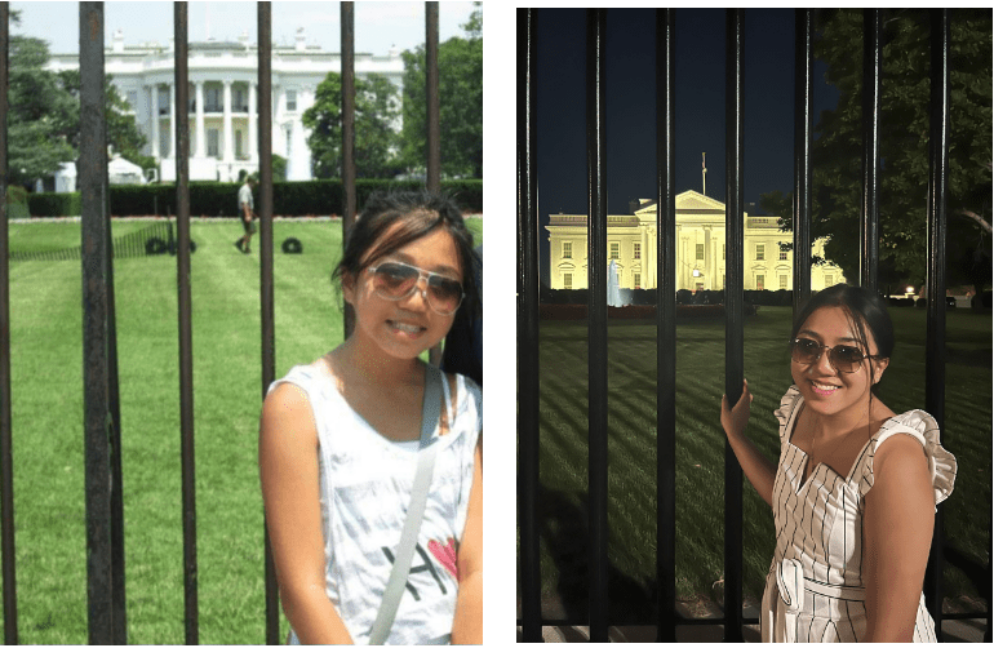By Jewelry Keodara
Growing up in a small Laotian community, I was always reminded of the life that I was fortunate enough to not have experienced – the life that many try to forget and the experiences that have led to intergenerational trauma for years to come. If you grew up in a Laotian refugee household, you have probably heard the stories of how our community fought for their lives to escape the war. Whether they were soldiers on the front lines, individuals who swam across the Mekong River to enter a new country (with unawareness of what would come next), or refugee camp survivors from one area or multiple, these stories of survival are common. While I am fortunate to not have experienced these circumstances myself, these remnants of the past are tattooed into my memory. Although these are the lived experiences that I did not live through, descendants of Laotian refugees still feel the effects approximately 50 years later.
A few weeks ago, I was given the extraordinary opportunity to attend SEARAC’s Leadership and Advocacy Training in DC: an event in which I imagined connecting with other Laotians like myself. Walking into the National Education Association building on the first day of training, I instead found myself surrounded by individuals of diverse Southeast Asian backgrounds including individuals from ethnic groups within Laos, but who did not identify themselves as such. I had no idea what to expect and felt so many emotions ranging from excitement to fear. I did not know anyone aside from those I met via Zoom, was so scared of getting lost in the city (as I am directionally challenged), and battled anxiety at the thought of having to speak and advocate to government leaders. There were so many thoughts in my mind.
On the second day of training, we were split into specialized groups based on the areas that we selected for our applications. I initially chose immigration as it was the area I felt I had the most expertise in and the topic that I wanted to learn more about. While we did introductions and answered why we chose immigration, each person had a story to share. I felt as if I could not relate and felt regret creep in about my topic choice. However, I quickly recognized that it was an opportunity for me to lend an ear. Although these were not the experiences I lived through or ones that my loved ones have endured, they were stories I could learn from, individuals I could be an ally to, and people who deserved to be advocated for.
Over the course of three days, I sat listening to the heartfelt collective stories of each person beside me. The stories of how individuals and their families struggled, the circumstances they faced when they arrived in the US, and the struggles that they experienced on a daily basis. These experiences were essentially my experiences. In thinking back to that occasion, there is one quote from one of my favorite shows (The Originals) that I feel described those moments best. The quote reads, “while [many of us] may not be in the same boat, it is the same ocean”. In other words, although each of us did not come from the same places, did not undergo the exact same circumstances, and do not have the same cultural values, belief systems, and upbringing, our stories are connected.
Prior to the trip, I found an old silly image of me as a child posing in front of the gates of the White House with a half-fake smile, a tank top, and a big pair of sunglasses. I joked with the other SEARAC interns about how funny it would be to recreate the photo during the trip. That evening, I stared at the photo and an array of thoughts rushed in: “What would 10-year-old me think of me now?”, What would be her reaction to seeing her 22-year-old self, standing in front of that exact same building, working just five minutes from it?”, “How would she react to knowing that one day she would be advocating for her people to officials working within and close to those gates?”, “What could I do to change the world for children just like her? How can I be an advocate?”
Coming into LAT, I was so scared of not making connections, getting lost in the city, and embarrassing myself in front of the representative and senate teams. Instead, over the span of three days, I ended up finding myself, discovering my power and voice, and gaining knowledge and connection with some of the most extraordinary individuals I have ever met. If 10-year-old me could see me now, I believe she would be proud of us.
If I were to reflect on one lesson that I learned in my time as a SEARAC intern, it would be how important it is to be a listener. In the case that you are fortunate to not be affected by an issue that you are advocating for, ask them how can you be an ally. The world is full of good people. If you cannot find one, be one.
Jewelry is SEARAC’s Summer 2023 Policy Intern.

